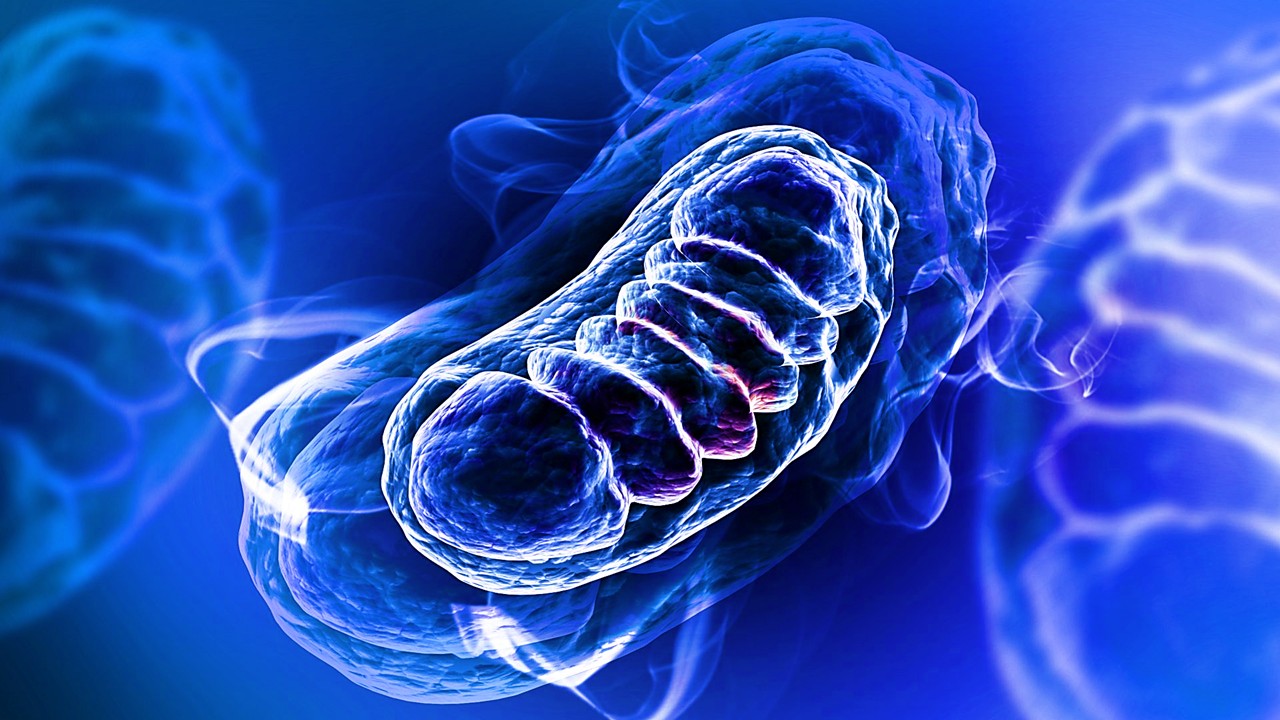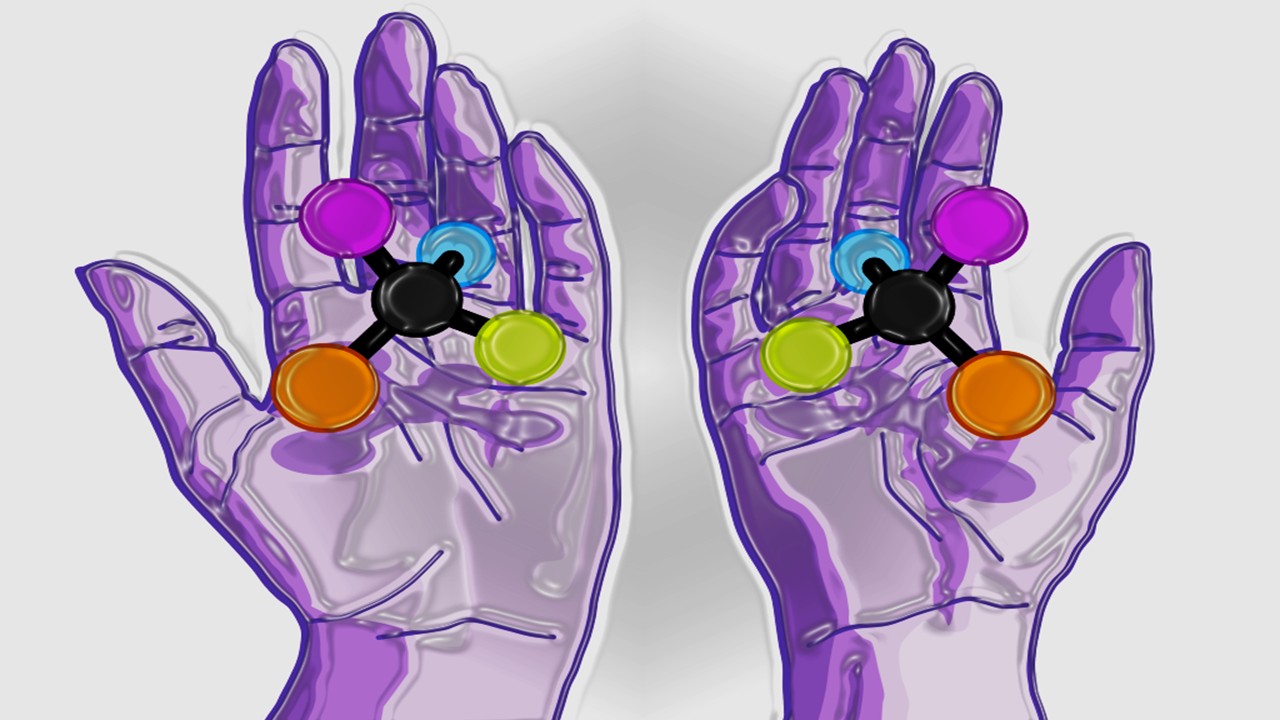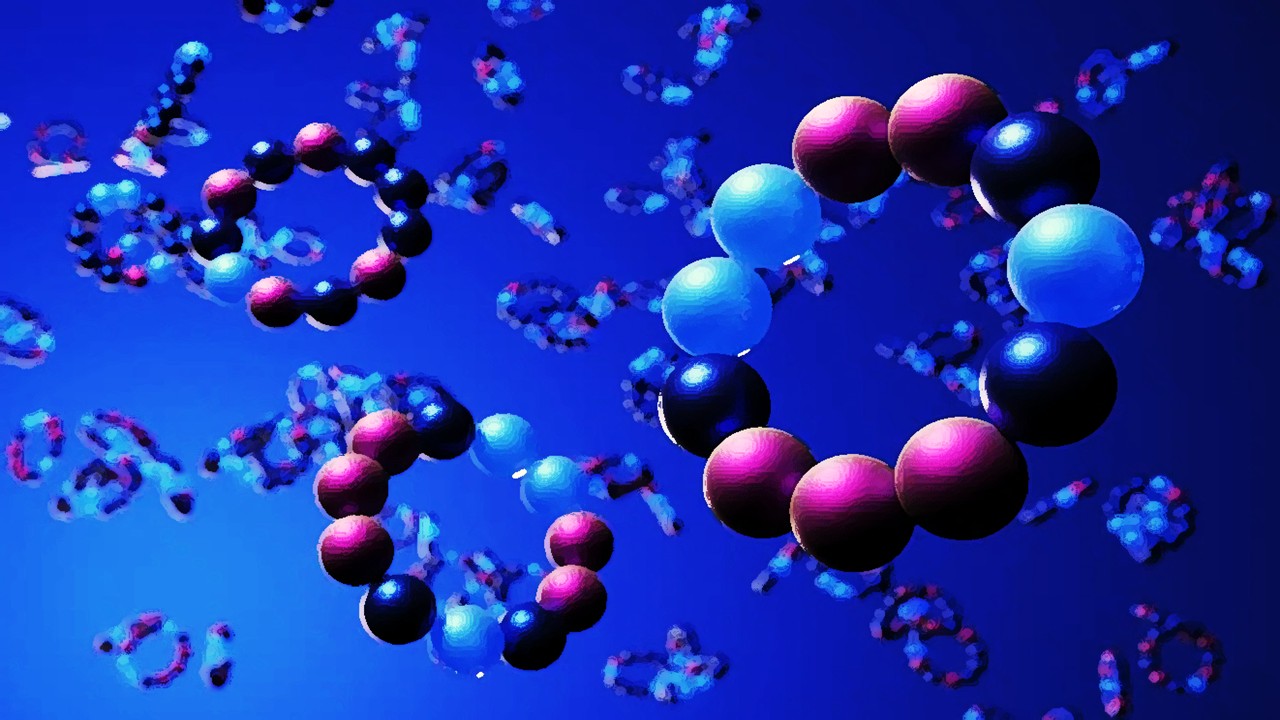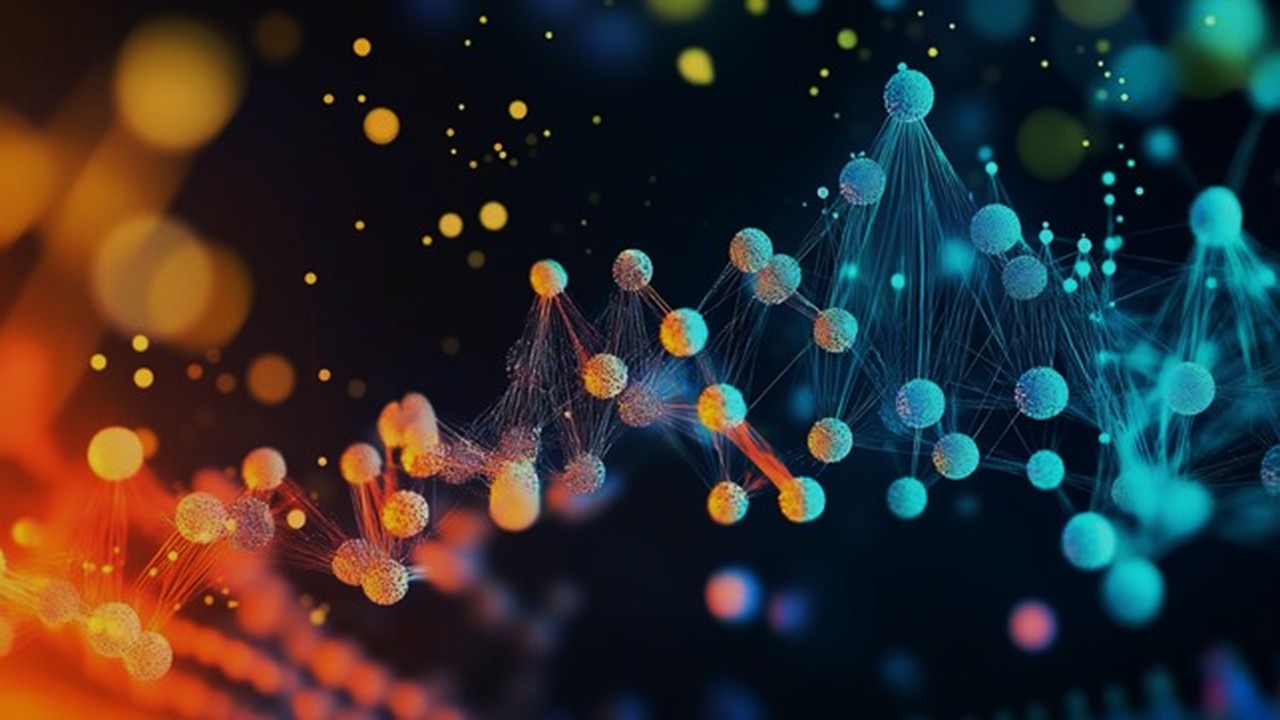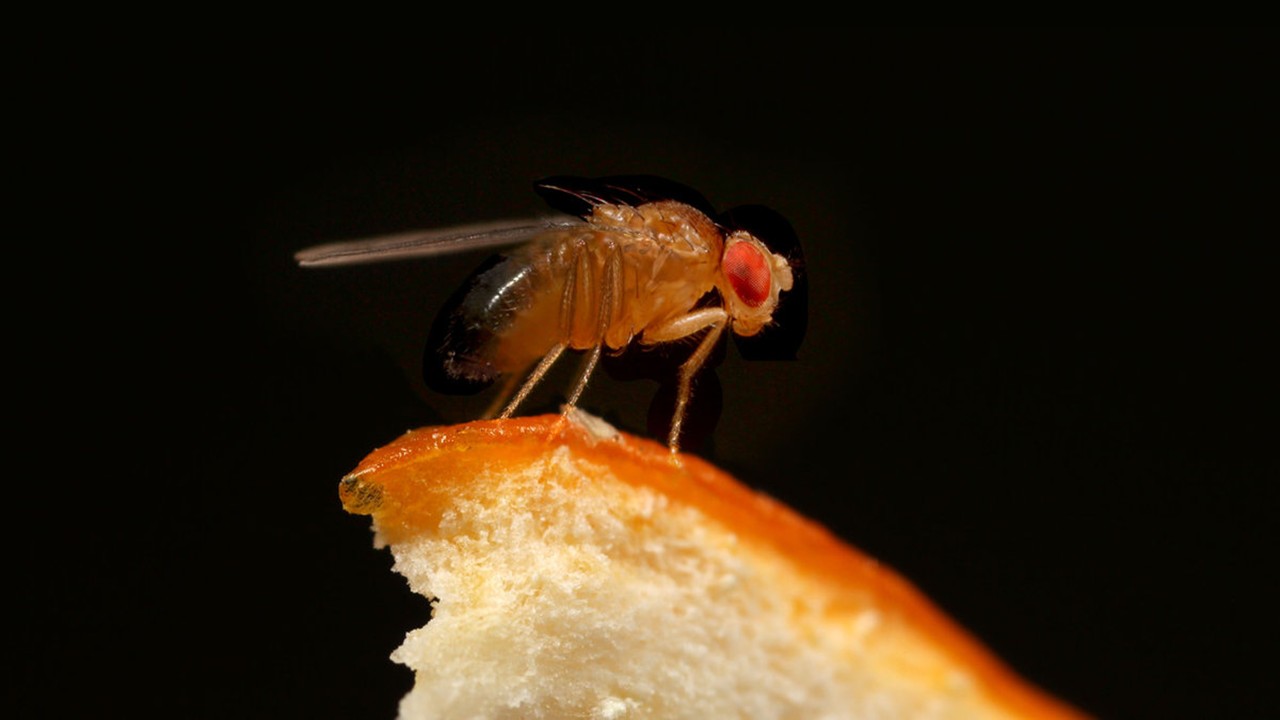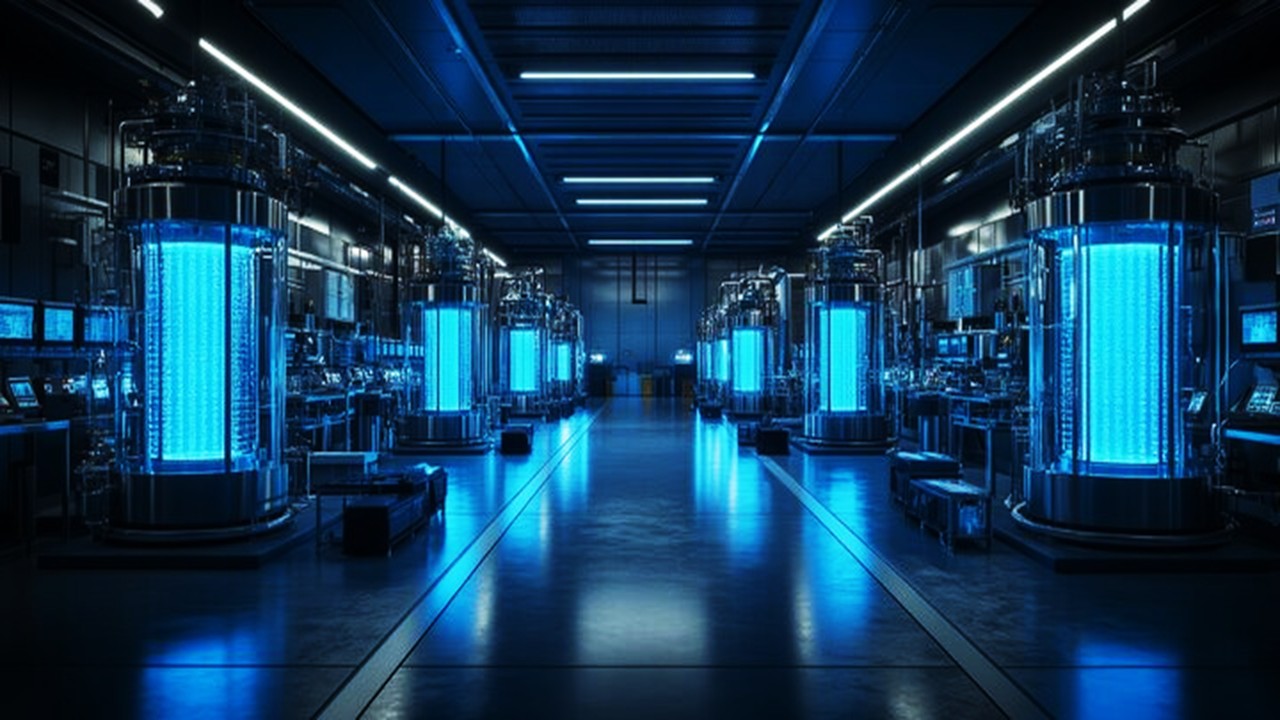The Next Frontier in Molecular Engineering
Proteins govern the fundamental processes of life. They catalyze biochemical reactions with extraordinary efficiency, regulate intricate cellular pathways, and provide structural integrity to cells and tissues. For decades, scientists have sought to manipulate these molecular machines, either by introducing targeted mutations into natural proteins or by guiding their evolution in controlled laboratory settings. While these approaches have yielded many groundbreaking applications, they remain inherently constrained by the proteins that nature has already produced. Evolution has explored only a minute fraction of the theoretical protein universe, leaving vast possibilities untapped. The field of de novo protein design is poised to change this, breaking free from evolutionary constraints and allowing researchers to create entirely new proteins from first principles.
Historically, de novo protein design has been a formidable challenge, as the sheer number of possible amino acid sequences is astronomically large. Even a modest protein of 100 residues has more possible sequences than there are atoms in the observable universe. Traditional computational approaches relied on physics-based models to navigate this immense space, but these methods were often limited by their inability to accurately predict which sequences would fold into stable, functional structures. Artificial intelligence (AI) is now transforming the field, allowing scientists to design proteins with unprecedented precision. Deep learning models, trained on vast datasets of natural sequences and structures, can now generate novel proteins that are stable, functional, and in some cases, capable of performing entirely new biochemical tasks.
The implications of this technology extend far beyond fundamental biology. AI-driven de novo design is being used to engineer proteins with applications in medicine, materials science, and synthetic biology. Researchers are developing new classes of enzymes to catalyze reactions that do not occur in nature, designing custom protein-based therapeutics that bind with extreme specificity to disease targets, and even constructing synthetic signaling pathways within living cells. By moving beyond the limitations of natural evolution, de novo protein design is ushering in an era where proteins are not merely discovered but actively engineered to meet human needs.
Building Proteins from Scratch: AI and the New Paradigm of Molecular Design
The traditional approach to protein engineering has centered around modifying existing proteins, either by introducing mutations that improve function or by recombining domains from different proteins to create hybrid molecules. This methodology, while powerful, remains dependent on pre-existing biological templates. In contrast, de novo protein design seeks to construct proteins from the ground up, defining both their sequence and structure without relying on naturally occurring counterparts. The fundamental challenge of this approach lies in predicting which sequences will fold into stable, functional structures—a problem that has historically been intractable due to the vastness of sequence space and the complexity of protein folding.
AI has revolutionized de novo protein design by enabling generative models that can create novel protein sequences and structures with high accuracy. Deep learning algorithms, particularly those employing transformer architectures and diffusion models, have demonstrated an ability to learn the fundamental principles of protein folding and stability directly from large-scale biological datasets. These models can now generate novel protein backbones that are not found in nature, while simultaneously optimizing their sequences to ensure stability and function. This marks a profound shift in the design process, as researchers are no longer constrained to modifying existing proteins but can instead generate entirely new molecular architectures.
One of the most powerful applications of AI in de novo design is the generation of custom protein scaffolds. Instead of relying on naturally occurring folds, researchers can now specify desired properties—such as stability, solubility, or binding affinity—and use AI to design proteins that meet these criteria. These generative approaches allow for the rational engineering of proteins with features that would be difficult or impossible to achieve through traditional methods. AI-driven models can also incorporate evolutionary constraints, designing proteins that are not only stable but also biologically compatible, reducing the risk of immunogenicity when used in therapeutic applications.
Another transformative aspect of AI in de novo design is its ability to integrate sequence, structure, and function into a single optimization framework. Traditional approaches treated these elements separately, often leading to suboptimal designs that required extensive experimental screening. AI-based methods, by contrast, can simultaneously generate structures, predict sequences, and refine functional sites, significantly accelerating the design process. This has enabled the rapid development of proteins with highly specific binding interactions, tailored enzymatic activities, and controlled conformational dynamics. The ability to computationally optimize multiple parameters at once is driving a new era of precision protein engineering.
Beyond Nature’s Blueprint: Designing Novel Protein Folds
Nature has explored only a limited subset of possible protein folds, constrained by evolutionary pressures and the incremental nature of genetic variation. AI-based de novo design is now expanding this landscape, generating entirely new folds that have never been observed in natural proteins. This capability represents a fundamental departure from traditional protein engineering, as it allows for the exploration of structural motifs that may possess unique functional properties.
Recent advances in AI-driven protein structure generation have leveraged diffusion models, which generate protein backbones through a process analogous to image generation in deep learning. These models start with random noise and iteratively refine it into stable protein structures, allowing for the creation of diverse topologies without the need for predefined templates. Unlike conventional physics-based modeling, which struggles with the vast search space of possible protein structures, diffusion models can efficiently generate novel folds that satisfy specific design constraints. This approach has already led to the creation of highly stable proteins with complex geometries, including barrel-like architectures and symmetrical assemblies that do not exist in nature.
One of the key advantages of AI-designed proteins is their modularity. By designing proteins with well-defined structural elements—such as helical bundles or β-barrels—researchers can create modular systems that can be easily reconfigured for different applications. This modularity is particularly valuable in drug development, where proteins can be designed to have interchangeable binding domains, allowing for rapid customization of therapeutic candidates. The ability to engineer novel folds also enables the creation of self-assembling protein nanostructures, which can be used for drug delivery, biosensing, and molecular computing.
Beyond static structures, AI-driven design is beginning to address one of the most challenging aspects of protein engineering: conformational dynamics. Many biological proteins function by undergoing precise shape changes in response to molecular signals. AI-based methods are now being used to design proteins with controlled conformational switching, enabling the creation of synthetic molecular machines. These dynamic proteins can be used to develop smart therapeutics that activate only under specific conditions, programmable nanodevices that respond to environmental cues, and engineered enzymes with tunable catalytic properties.
Programming Protein Function: AI as a Molecular Architect
Creating new protein structures is only the first step. To be useful in practical applications, designed proteins must also exhibit specific biochemical functions. AI is now being used to program proteins with precise, tunable functions by embedding functional motifs within newly designed scaffolds. This approach allows for the rational engineering of proteins that interact with specific molecular targets, catalyze defined chemical reactions, or respond to environmental stimuli.
One of the most successful applications of AI in functional protein design has been the development of synthetic protein binders. Traditional protein engineering relied on directed evolution to optimize binding interactions, but AI-based design allows for the computational prediction of high-affinity binders before they are synthesized. This has enabled the rapid development of therapeutic proteins that bind tightly to disease targets, including cancer-associated receptors and viral proteins. AI-generated protein binders have already been used to neutralize the SARS-CoV-2 spike protein, demonstrating their potential for pandemic response and therapeutic development.
AI-driven design is also revolutionizing enzyme engineering. Unlike natural enzymes, which have evolved to perform specific reactions, AI-generated enzymes can be tailored to catalyze entirely new chemical transformations. This capability is particularly important in green chemistry, where synthetic enzymes can replace toxic industrial catalysts, enabling more sustainable manufacturing processes. AI-designed enzymes are being developed for applications ranging from biofuel production to pharmaceutical synthesis, providing a powerful tool for molecular innovation.
Beyond individual proteins, AI-based design is enabling the construction of synthetic signaling pathways within living cells. By designing protein switches that activate in response to specific molecular signals, researchers can program cellular behavior with unprecedented precision. These synthetic pathways can be used to develop advanced gene circuits, control immune cell function, and engineer tissues with programmable properties. The integration of de novo designed proteins into living systems represents one of the most exciting frontiers in synthetic biology, bridging the gap between computation and cellular engineering.
The Future of Programmable Biology
AI-driven de novo protein design is transforming the way scientists approach molecular engineering. By moving beyond the constraints of natural evolution, researchers can now create proteins with custom structures and functions, opening up new possibilities in medicine, biotechnology, and materials science. The integration of AI with high-throughput experimental validation will further accelerate the development of novel proteins, enabling a future in which biological systems can be precisely engineered to meet the challenges of human health and technology. The dream of designing life at the molecular level is rapidly becoming reality.
Study DOI: https://doi.org/10.1016/j.cell.2023.12.028
Engr. Dex Marco Tiu Guibelondo, B.Sc. Pharm, R.Ph., B.Sc. CpE
Subscribe
to get our
LATEST NEWS
Related Posts
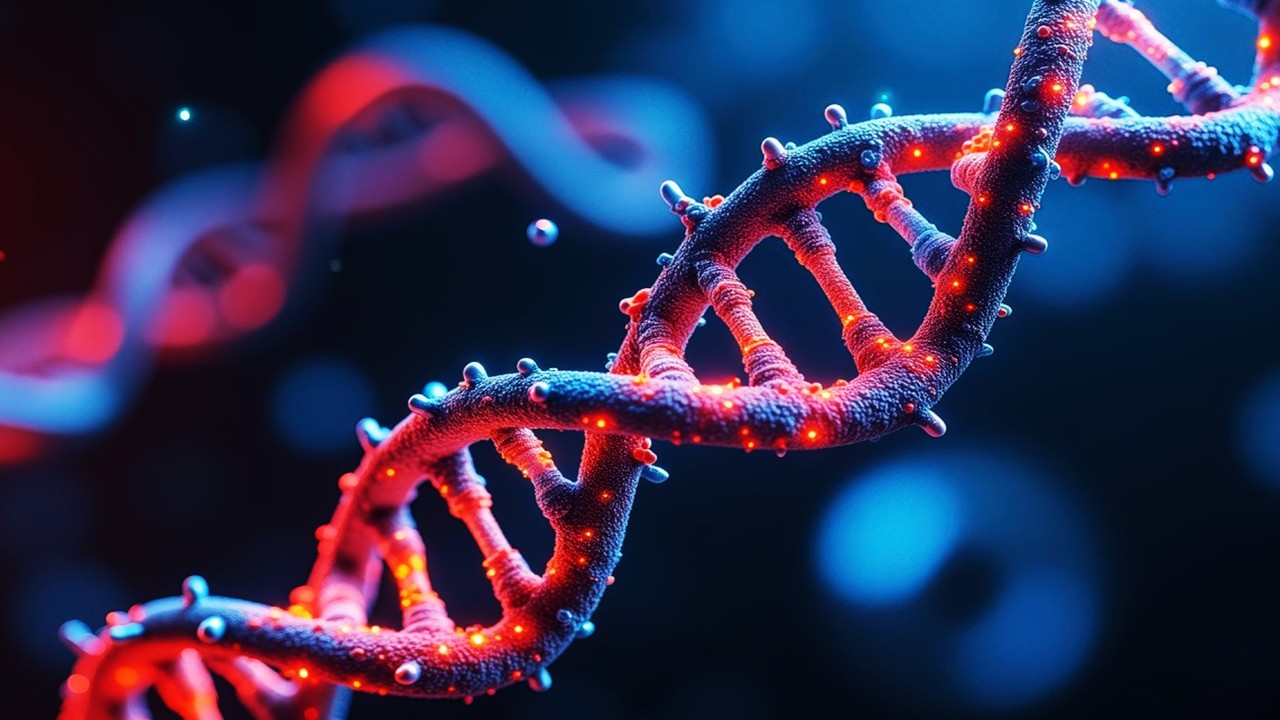
Medicinal Chemistry & Pharmacology
Pathogenic Targeting 5.0: The Rise of RNA Therapeutics and Peptide-Based Drugs in Modern Medicine
Unlike traditional small-molecule drugs, which interact with proteins, RNA therapies modulate gene expression directly, enabling interventions at the root of disease.
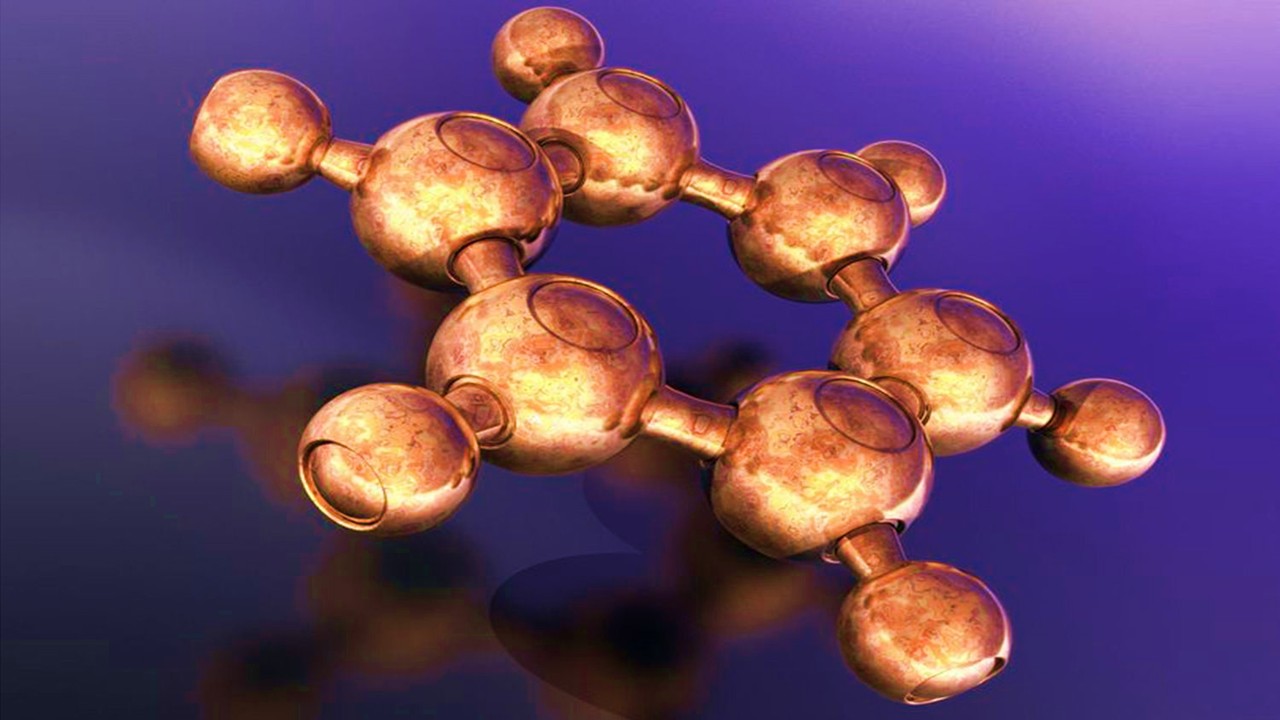
Medicinal Chemistry & Pharmacology
Polarity Alchemy: Strategic Charge Manipulation in Contemporary Drug Design
The future promises tunable therapies with polarity adjustable by light, magnetic fields, or bioorthogonal triggers.





